Devon, the region on the tip of England’s West Coast, has some of the most rugged coastal paths, dramatic cliffs and irresistible beaches in the entire country, and it pulls in a huge number of visitors each and every year.
Aside from the array of scenic coastal towns, an abundance of delicious eateries and overall sense of magic and relaxation, Devon also has a string of historic castles dotted around its landscape. Here are the best castles to visit in Devon:
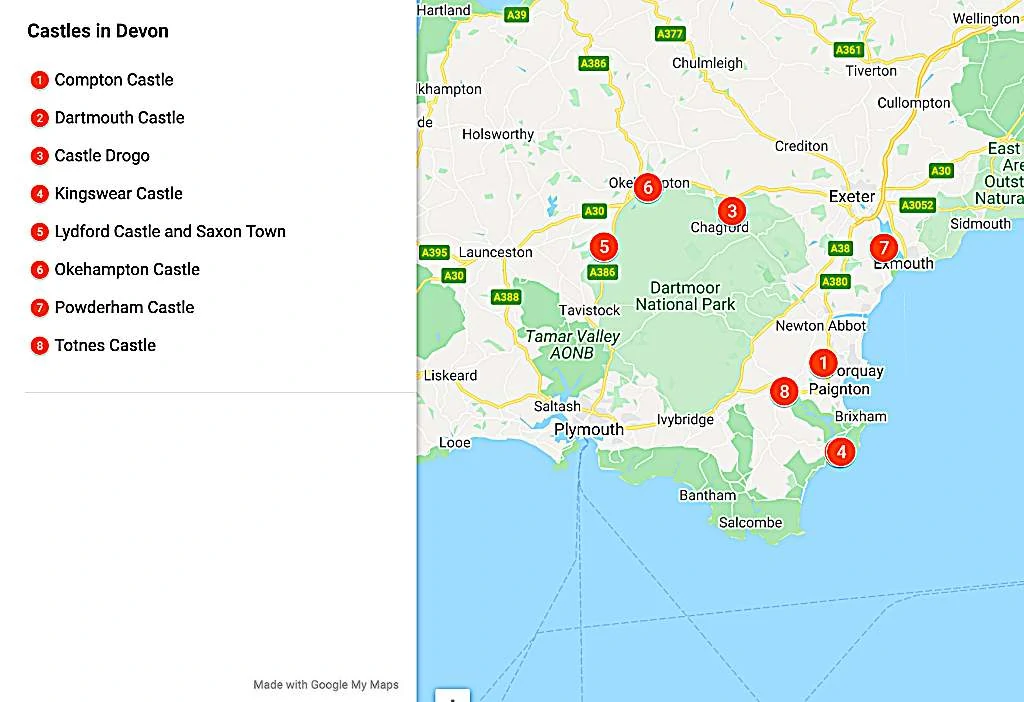
8 Beautiful Castles to Visit in Devon
1. Compton Castle
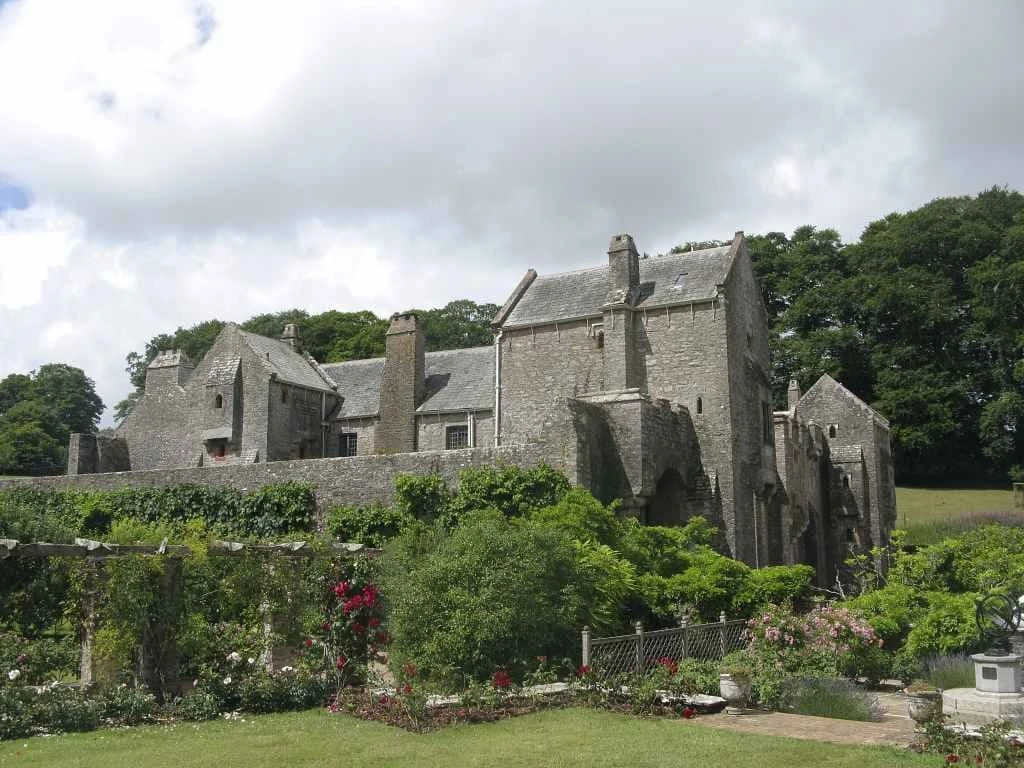
Situated in the scenic Devonshire parish of Marldon, is the gorgeous fortified manor house, Compton Castle. The castle’s origins are believed to date back to the 12th century, where the house was used as the seat of Sir Maurice de la Pole, however, the first undefended manor house was erected in the middle of the 14th century.
Over the years, Compton Castle has been the home of several noble and famous individuals, perhaps the most well-known being Sir Humphrey Gilbert, who colonised Newfoundland in the 16th century. In modern times, the castle is famous for being the filming location of ‘Sense and Sensibility’; it is open to the public today, where guests can explore the reality of medieval life.
Where: Marldon
When: 12th century
Open for visit: Yes, check here for more information.
2. Dartmouth Castle
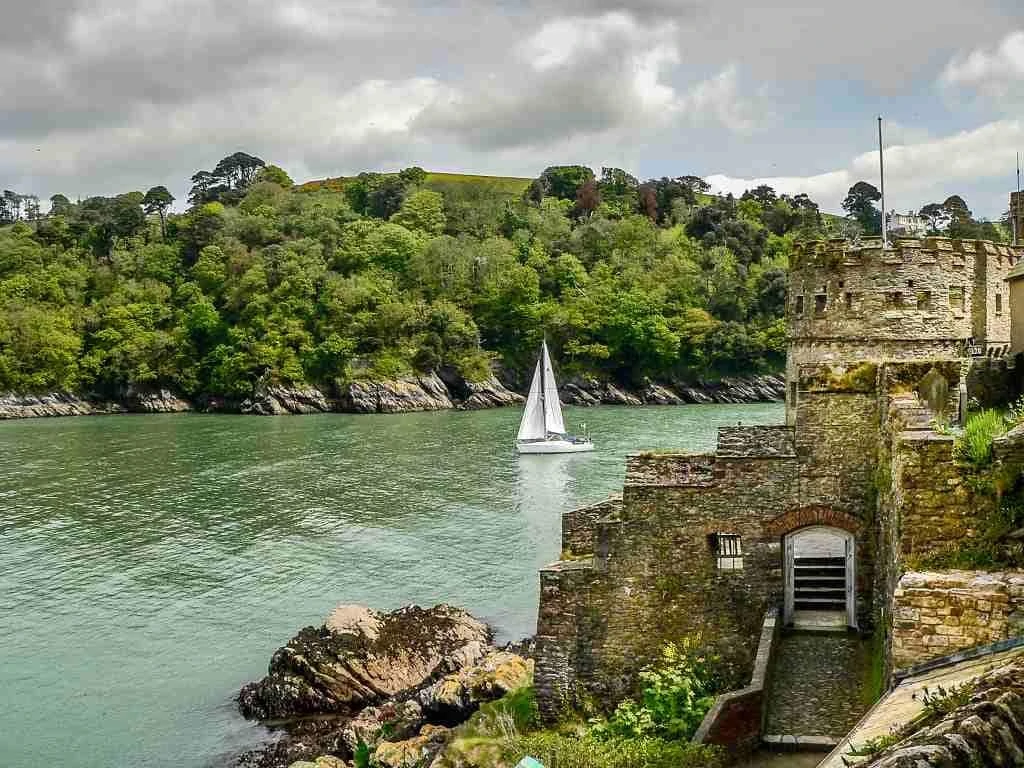
Located scenically in the Dartmouth harbour in Devon, lies the historic artillery fort, Dartmouth Castle; originally erected as a form of protection for the town of Dartmouth, which was a very crucial trading and fishing centre for the region, throughout the 12th century.
Over the following centuries, the castle was developed, bringing with it new additions to its defence system and overall architecture. The castle’s military role massively reduced during the 18th century, and by the year 1909, the vast majority of the castle was obsolete.
Today, the castle is a Grade I listed building, that is open to the public, showcasing its wonderful historic features and artefacts.
Where: Dartmouth
When: 12th century
Open for visit: Yes, check here for more information.
3. Castle Drogo
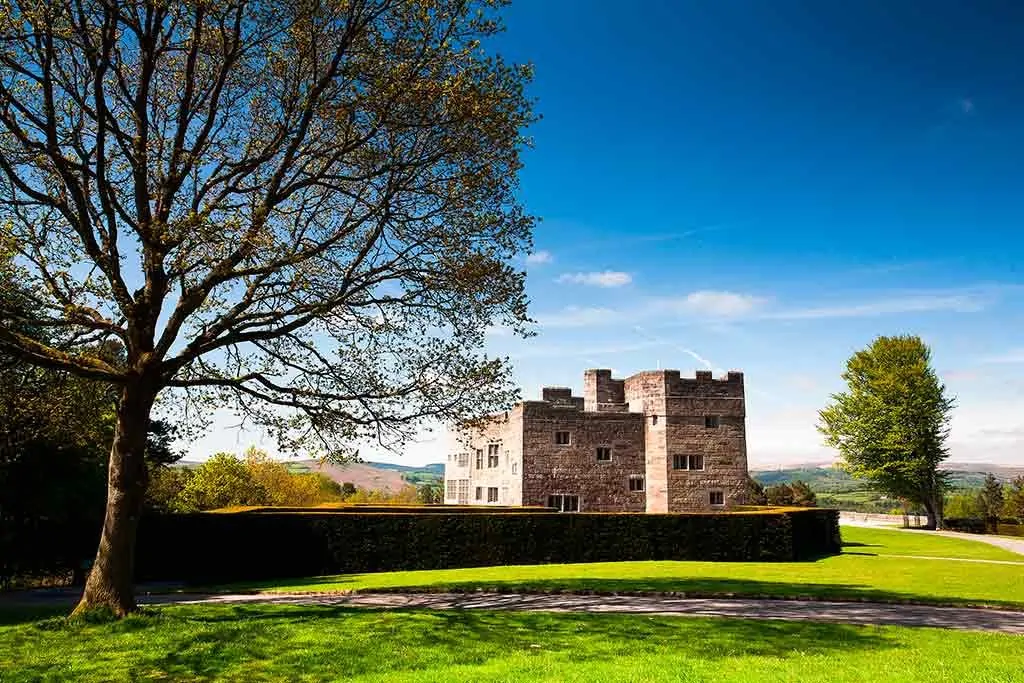
Castle Drogo, situated near the scenic village of Drewsteignton, is one of the most unique and brilliant mixed-revivalist castles in the entirety of England.
The castle’s history dates back to the year 1910, after Julius Drewe, a prominent English businessman, purchased the land, believing that he was related to the earlier Drewe family that resided there.
Though construction began in around 1910, it was not liveable until the year 1925, due to economic difficulties and the Great War. Though a relatively modern castle, its architectural principles draw upon an array of different historical time periods, primarily the Medieval and Tudor period. It is a Grade I listed building, and the castle and its surrounding gardens are open to the public.
Where: Drewsteignton
When: 20th century
Open for visit: Yes. Check here for more information.
4. Kingswear Castle
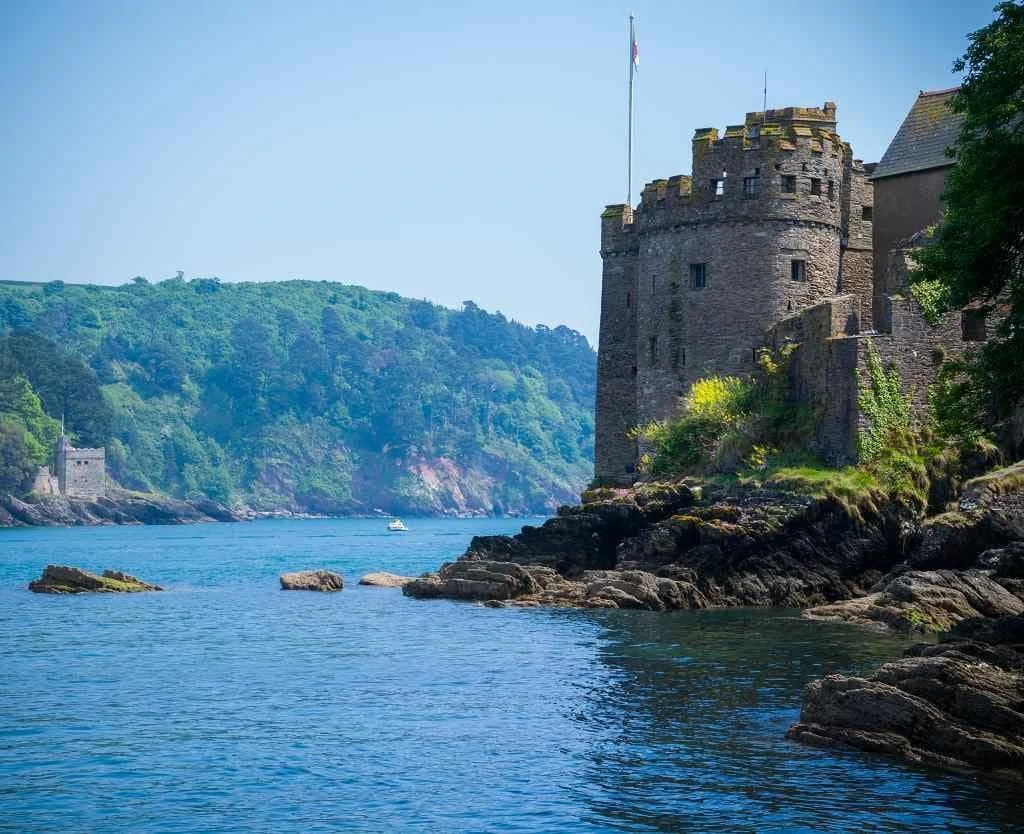
Kingswear Castle, situated in Dartmouth harbour, is a historic artillery fort, that was constructed with the intention of protecting the harbour, between the years 1491, and 1502.
By the 18th century, after years of military action and importance, it eventually fell into disrepair; in the year 1855, Charles Seale Hayne, who was a prominent businessman, took on the challenge of renovating Kingswear Castle into a summer home; this was successful, during the Second World War, the Castle was used as a site for the Royal Marines.
Today, the castle is a protected heritage site and is a Grade I listed building that is open to the public.
Where: Dartmouth
When: 15th/16th century
Open for visit: Yes, check here for more information.
5. Lydford Castle
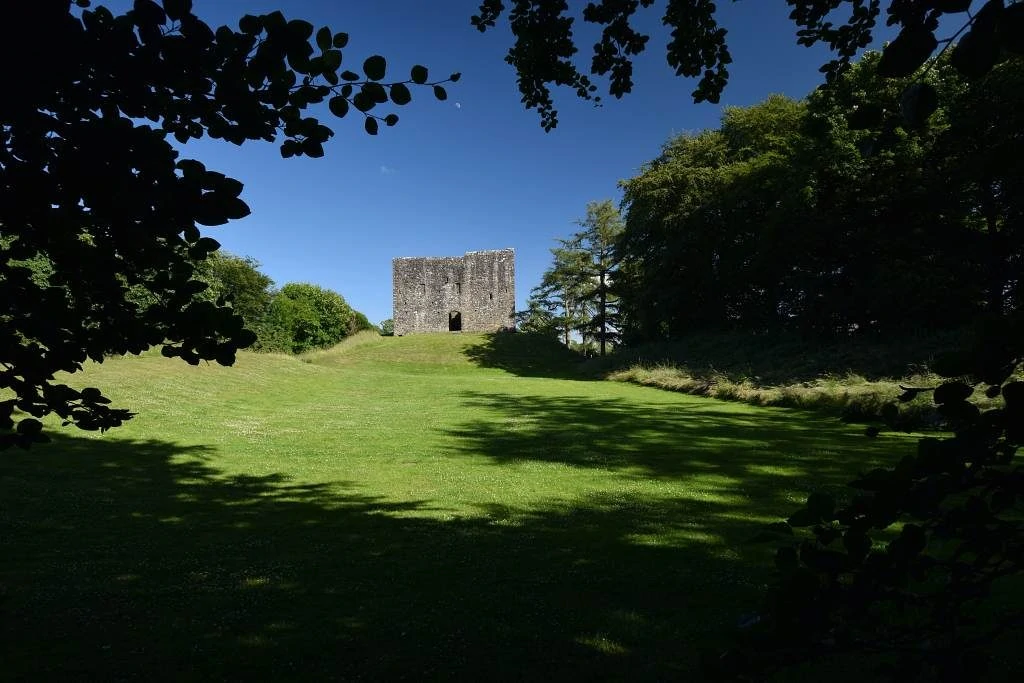
Located in the picturesque town of Lydford in Devon, lies the historic Lydford Castle; the original castle on the site was built after the Norman Conquest of England, in approximately the year 1068.
However, by the mid-12th century, this castle had been completely abandoned; the second castle on the site was built in around the year 1195, in the midst of many socio-political issues that were occurring in England.
By the middle of the 19th century, the castle had fallen into total disrepair, and it was abandoned. In the yar 1932, however, it was passed into the care o the state, and since the 21st century, it has functioned as a tourist attraction and is maintained by English Heritage.
Where: Lydford
When: 12th century
Open for visit: Yes, check here for more information.
6. Okehampton Castle
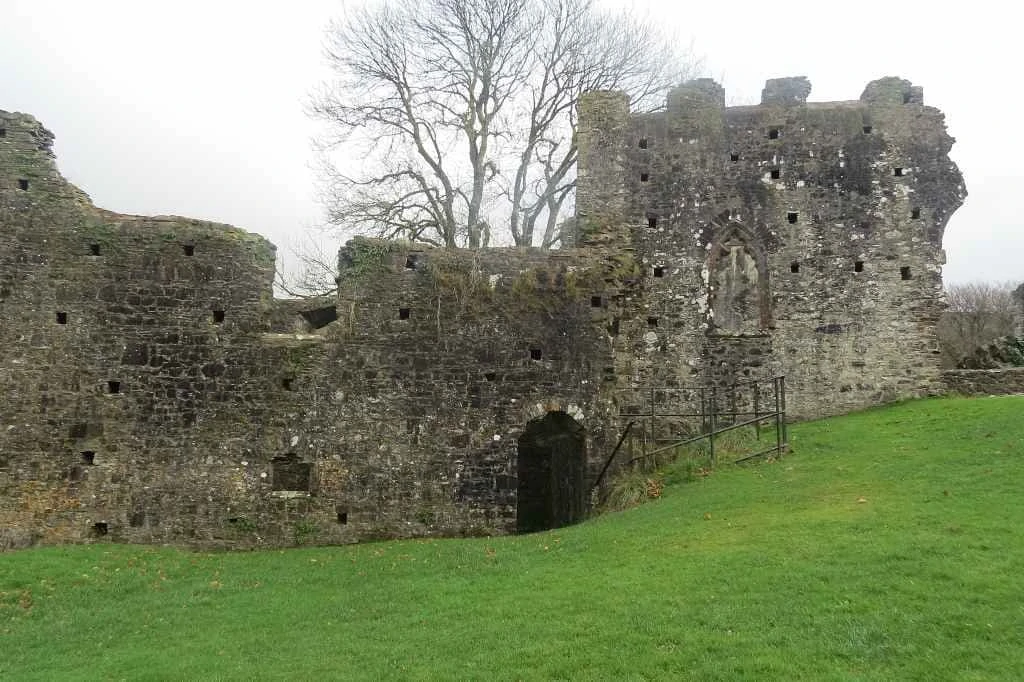
In the bustling Devonshire town of Okehampton lies the fantastic medieval motte and bailey castle, Okehampton Castle. Following the Norman Conquest of England, the original castle was constructed, approximately between the years 1068 and 1086; this castle was situated in a critical space so that it could protect the important route between Devon Cornwall.
Right up until the 13th century, the castle was used as a fortification, though when its owners came into money, it was renovated into a high-end luxury hunting lodge.
The caste was used for centuries more, until the 19th century, whereby it was left to ruin; at this point, it attracted many famous painters and poets, including J.M.W. Turner, who idealised its ruinous charm.
Where: Okehampton
When: 11th century
Open for visit: Yes, Check here for more information.
7. Powderham Castle
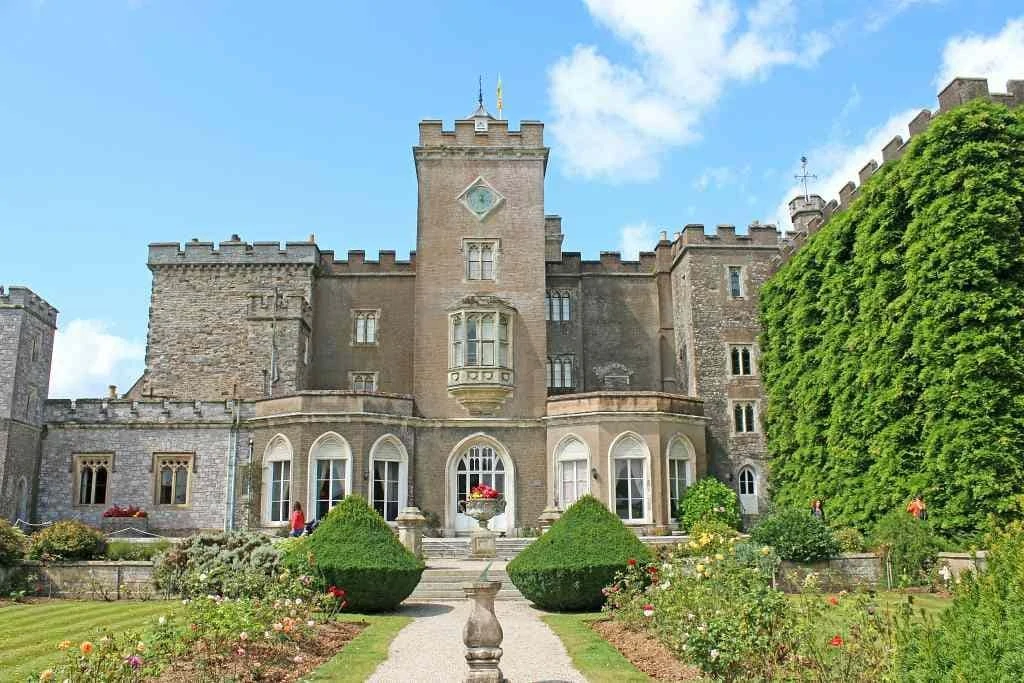
Powderham Castle, the fantastic historic fortified manor house situated in the scenic parish of Powderham, just outside of Exminster in Devon, is one of the most scenic and fascinating castles in the whole of the region.
Its origins date back to the around the year 1390, whereby a castle was constructed by Sir Philip Courtenay, who was the son of Hugh Courtenay, 2nd Earl of Devon.
Notable additions to this original castle were added in the 17th century, and the castle played a pivotal role in several key battles and conflicts, including the War of the Roses, and the English Civil War.
It has some fantastic interiors, such as the impressive Marble Hall, and the Staircase Hall, all of which are accessible to the general public to this day.
Where: Powderham
When: 14th century
Open for visit: Yes, check here for more information.
8. Totnes Castle
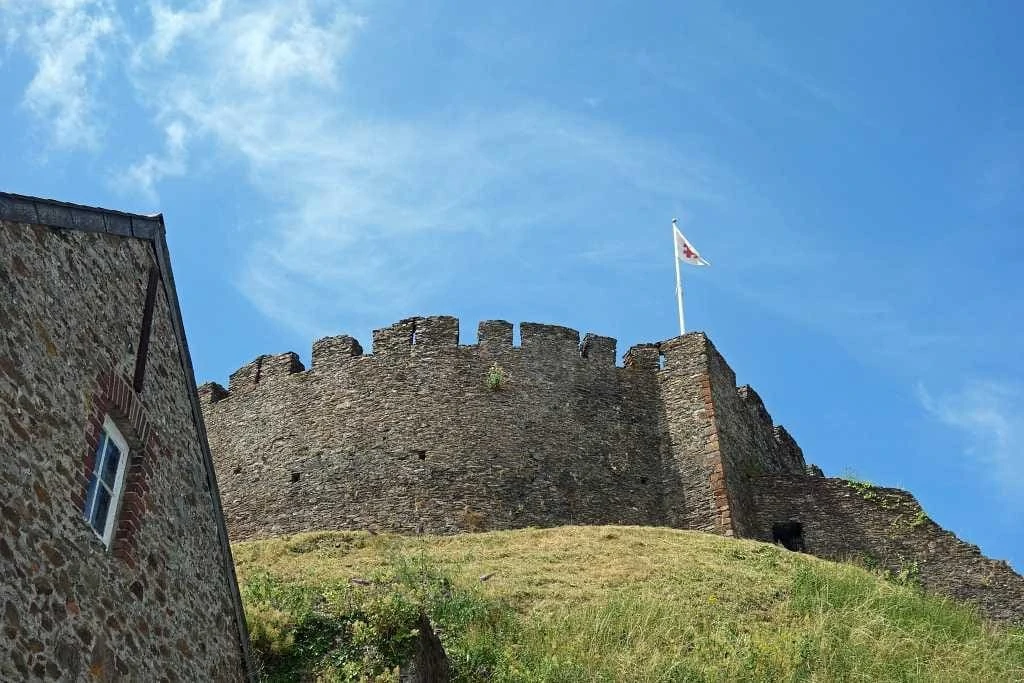
Situated in the tourist location of Totness in Devon, lies the gorgeous and historic castle, Totness Castle; with its origins dating back to the mid-11th century, during the aftermath of the Norman Conquest of England, the first castle to have been constructed by Juhel of Totness, who served as one of William the Conqueror’s lieutenants.
However, after years of action, Totness Castle fell into disrepair around the year 1326 and was in the hands of the de la Zouch family, who were an influential power in the region. However, soon after, a royal decree was issued, which demanded the renovation of the ruins.
For a while, the castle was active, though it yet again fell into disrepair during the Wars of the Roses. Since the year 1984, Totness Castle has been looked after by English Heritage and is a Grade I listed building that serves as a tourist attraction.
Where: Totness
When: 11th century
Open for visit: Yes. Check here for more information.
